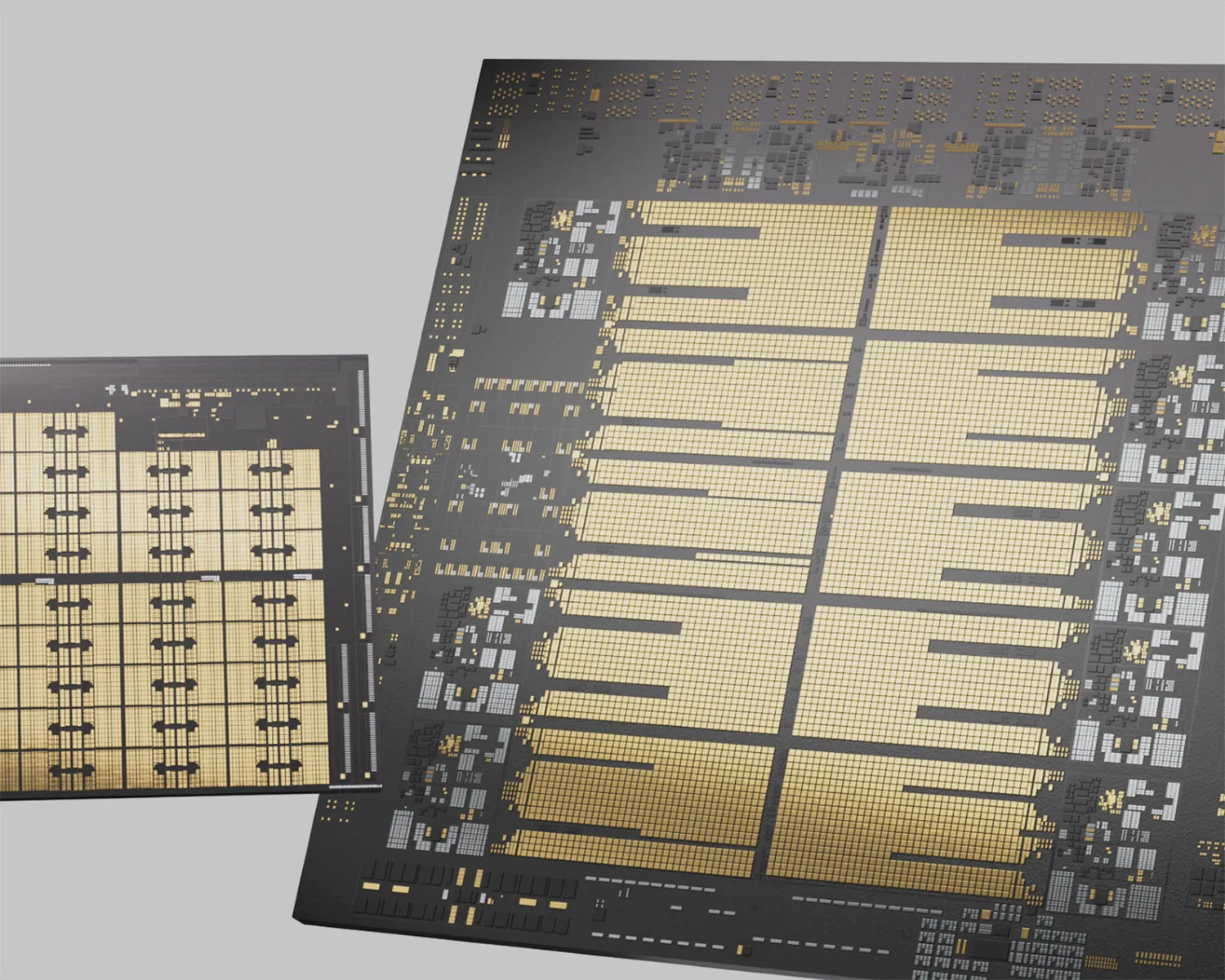Mainframes Revolutionized: IBM Z Integrates Generative AI with Telum II and Spyre Accelerator

Mainframes Evolved with AI Capabilities
IBM continues to lead in mainframes through the launch of its Telum II processor, designed to uplift generative AI performance in data centers. This latest advancement marks a pivotal upgrade to its previous systems.
Telum II Processor Specifications
- Built with Samsung's advanced 5nm technology
- Incorporates eight high-performance cores running at 5.5GHz
- Features enhanced memory and cache capacity
- Integrates a specialized data processing unit for I/O acceleration
The Telum II processor leverages its architecture to facilitate unprecedented AI performance in enterprise workloads.
Introducing the Spyre Accelerator
In conjunction with the Telum II, the new Spyre Accelerator integrates 1TB of memory and 32 AI accelerator cores, optimizing AI computing capabilities. This enables mainframes to handle a vast range of workloads more efficiently.
- Supports diverse enterprise applications, including AI and machine learning.
- Reduces data center footprints during system upgrades.
- Enhances operational resilience and security.
Future Implications for Enterprise Workloads
As businesses adapt to modern IT demands, high-performance mainframes equipped with the Telum II and Spyre Accelerator are set to revolutionize data processing. Enterprises can expect optimized operations across varied use cases, ranging from database management to robust cloud environments.
Conclusion: The Future of Mainframes in the AI Era
The integration of generative AI into IBM's mainframe architecture signifies an essential shift in how enterprises will conduct their operations. The advancements in the Telum II processor and Spyre Accelerator not only enhance performance but also ensure secure, efficient data management within the realm of AI.
This article was prepared using information from open sources in accordance with the principles of Ethical Policy. The editorial team is not responsible for absolute accuracy, as it relies on data from the sources referenced.